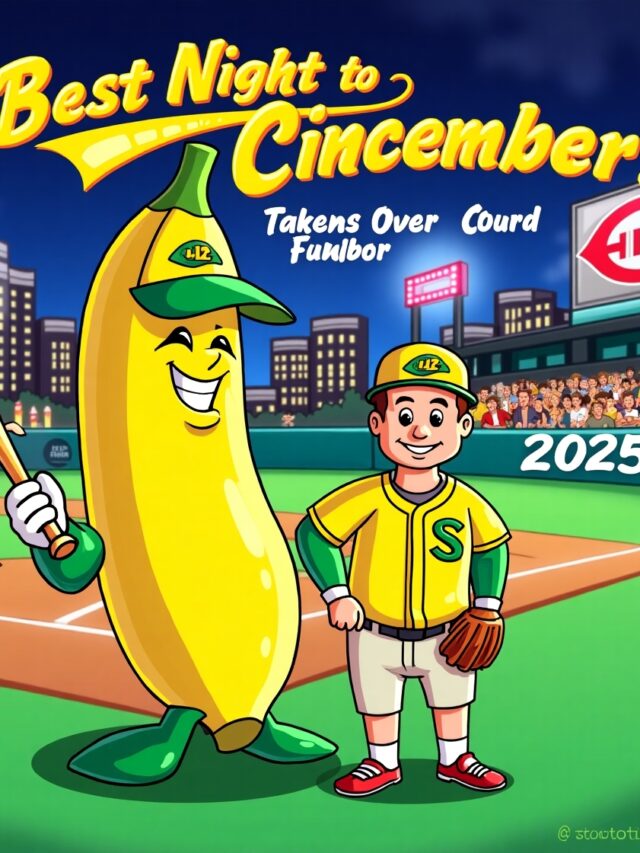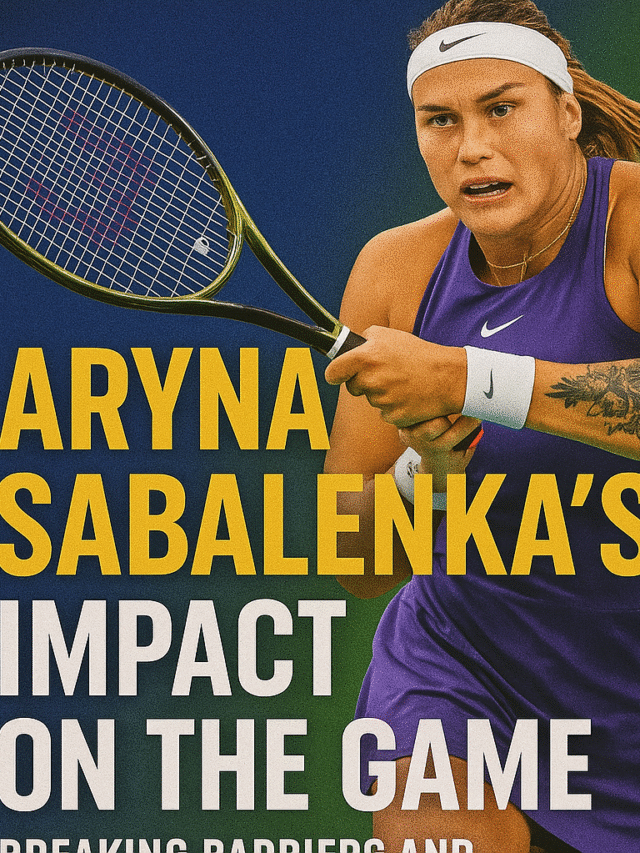MLB Playoff Format: A Ringside View of October’s Grand Drama
My name is Mohit, and for years, I’ve lived and breathed the rhythm of baseball. It’s a rhythm that changes dramatically come October. The crack of the bat sounds different, the roar of the crowd has a sharper edge, and the air itself feels electric. As a journalist, my job is to report the facts, but as a fan who has stood in the crisp autumn air of ballparks from coast to coast, I can tell you that the postseason is about more than just statistics. It’s about stories, heroes, and heartbreak, all shaped by the unique crucible that is the MLB playoff format.
For decades, the path to the World Series was a straightforward affair. Win your league, and you’re in. Simple. But baseball, like all great things, evolves. I remember standing outside Camden Yards a few years back, talking to a seasoned Orioles fan who had seen it all. “Kid,” he said, gesturing with his hot dog, “it used to be you just had to be the best. Now, you have to be the best and the toughest. This new format? It’s a marathon and a sprint, all at once.”
He was right. The current structure, expanded in 2022, has completely redefined the journey to a championship. It’s no longer just about being the top team in your league. It’s about surviving a gauntlet. Let’s break down this thrilling, and sometimes controversial, system piece by piece, from my vantage point on the ground.

The Foundation: Who Gets a Ticket to the Postseason?
The first thing to understand about the modern MLB playoff format is its inclusivity. Twelve teams—six from the American League (AL) and six from the National League (NL)—now get a chance to compete for the Commissioner’s Trophy. This is a significant jump from the ten-team field we had previously and a world away from the old days of just four.
The breakdown is simple:
- Three Division Winners: Each of the three divisions in both the AL (East, Central, West) and NL (East, Central, West) sends its champion directly to the postseason. These six teams have proven their mettle over the grueling 162-game regular season.
- Three Wild Card Teams: The next three teams with the best overall records in each league, who did not win their division, earn the Wild Card spots.
This expansion has injected a new level of excitement into the final months of the season. I was in Atlanta last September, covering a tight divisional race. The energy wasn’t just about the Braves trying to lock up the NL East; it was also about the Phillies and Diamondbacks, teams in different divisions, scoreboard-watching with every pitch. Every game mattered, not just for a division title, but for one of those precious Wild Card berths. The new format keeps more teams and their fanbases engaged deeper into the season, which is undeniably a win for the sport.
The Seeding: Earning Your Advantage
Once the twelve teams are set, they are seeded 1 through 6 in each league. This seeding is crucial, as it determines matchups and, most importantly, grants significant advantages to the top teams.
- #1 Seed: The division winner with the best record in the league.
- #2 Seed: The division winner with the second-best record.
- #3 Seed: The division winner with the third-best record.
- #4 Seed: The Wild Card team with the best record.
- #5 Seed: The Wild Card team with the second-best record.
- #6 Seed: The Wild Card team with the third-best record.
The most coveted prize of the regular season, beyond just making the playoffs, is securing one of those top two seeds. Why? Because the #1 and #2 seeds get a bye, completely skipping the first round.
The Advantage of the Bye: Rest vs. Rust
The first-round bye is the system’s biggest reward for regular-season excellence. While the other eight teams are battling in a high-stakes, best-of-three series, the top two seeds get to rest, align their pitching rotations, and allow their players to recover from the long season.
I recall a conversation with a pitching coach for a team that secured a bye. He described it as “a gift from the heavens.” It allowed them to line up their ace for Game 1 of the Division Series, fully rested. They could give their key bullpen arms a few days off and let position players nurse the nagging injuries that accumulate over 162 games.
However, the bye is not without its debate. I’ve also spoken with players who feel the downtime can be a detriment.
A team that’s been hot down the stretch suddenly has to sit for nearly a week. They can lose their rhythm and timing, a phenomenon often debated as “rest vs. rust.” I saw it firsthand with a dominant team a couple of years ago. They steamrolled through September, earned the bye, and then came out looking flat and out of sync in the Division Series against a Wild Card team that was already battle-tested. It’s the ultimate strategic question: is it better to be rested or to be in a competitive groove? The MLB playoff format forces teams to confront this question every single year.

Round One: The Wild Card Series
This is where the postseason truly begins, and it’s pure, uncut baseball chaos. The Wild Card Series is a best-of-three-games showdown featuring four teams in each league.
- Matchup 1: The #3 seed (the lowest-ranked division winner) hosts the #6 seed (the lowest-ranked Wild Card).
- Matchup 2: The #4 seed (the top Wild Card) hosts the #5 seed (the second Wild Card).
The most electrifying aspect of this round is that the higher seed hosts all three games. There is no travel. It’s a massive home-field advantage. The lower seed has to go into a hostile environment and win two out of three to advance.
I was at Citizens Bank Park for a Wild Card game, and the atmosphere was nothing short of primal. The noise was a physical force. You could see the visiting team, a very good ballclub, look rattled by the sheer volume and intensity of a crowd that had been waiting for this moment. This is the design of the MLB playoff format: to reward the regular season by turning the lower seed’s task into a monumental uphill climb. For a #6 seed, winning a Wild Card series is one of the toughest feats in sports.
Round Two: The Division Series (LDS)
After the Wild Card dust settles, the two winners from that round advance to face the top-seeded teams who were enjoying their bye. This round is a best-of-five series.
- Matchup 1: The #1 seed plays the winner of the #4 vs. #5 seed series.
- Matchup 2: The #2 seed plays the winner of the #3 vs. #6 seed series.
The format for the LDS is 2-2-1, meaning the higher seed hosts Games 1, 2, and, if necessary, Game 5. This is where the advantage of that regular-season grind really pays off again. Winning one of the first two games on the road becomes the immediate goal for the lower seed.
I’ve seen this series swing on a single moment. I was in the press box at Dodger Stadium for an LDS game. The home team was cruising, up by a run in the 8th inning. Then, a surprise pinch-hit home run by a journeyman player for the visiting team silenced 50,chaos. It was a dagger. The series momentum shifted in an instant, and the Wild Card team ended up pulling off the upset. The five-game format is long enough for the better team to assert itself, but short enough for a single heroic performance or a critical mistake to decide the outcome. It’s a perfect blend of strategy and urgency.
Round Three: The Championship Series (LCS)
The two victors of the Division Series in each league move on to the League Championship Series (LCS). Here, the stakes are raised. This is a best-of-seven series, and the winner is crowned the champion of their respective league, earning a trip to the World Series.
The series follows a 2-3-2 format, with the higher-seeded team hosting Games 1, 2, 6, and 7. This is the classic format that longtime baseball fans are most familiar with. Seven games provide a true test of a team’s depth, particularly its pitching staff. You can’t rely on just two aces anymore. Your number three and four starters are critical, and the entire bullpen will be tested.
I remember covering an ALCS that went the full seven games. By the end, both managers were digging deep into their bullpens, using starting pitchers in relief roles and making tactical moves that felt like a high-stakes chess match. Every decision was magnified. Standing in the clubhouse after Game 7, you could see the emotional toll. On one side, the pure elation of punching a ticket to the Fall Classic. On the other, the crushing weight of coming so close. The LCS is where legends are made and where seasons of hard work culminate in either glory or despair.
The Final Showdown: The World Series
This is it. The Fall Classic. The champion of the American League versus the champion of the National League. It’s a matchup steeped in over a century of tradition, and it’s what every player dreams of from the first day of spring training.
Like the LCS, the World Series is a best-of-seven series following the 2-3-2 format. The team with the better regular-season record, regardless of their playoff seed, gets home-field advantage. This is a key distinction. A #4 seed that gets hot in the playoffs could end up with home-field advantage in the World Series if their regular-season record was better than their opponent’s.
I had the privilege of covering a World Series Game 7. There is no other atmosphere like it in American sports. Every pitch feels like the most important moment in the world. The collective anxiety and hope of two cities hang in the balance. When that final out is recorded, the explosion of sound from the winning side is something you feel in your bones. It’s the definitive conclusion to the marathon, a coronation that justifies every hurdle of the modern MLB playoff format.

Criticisms and Praises of the System
No system is perfect, and the current format has its share of critics. The most common complaint I hear from purists is that it devalues the 162-game regular season. A team can win 110 games, earn a bye, and then get eliminated in a short three-game series by a team that won only 85 games. They argue that the randomness of a short series undermines the achievement of season-long dominance.
From my perspective, there’s validity to that. It can feel unjust. However, the counterargument is that this format creates unparalleled drama and access. More teams in the hunt means more meaningful games in August and September. And the “anything can happen” nature of the postseason is what makes it so compelling for a broader television audience. Baseball, at its heart, is entertainment, and this format is undeniably entertaining. It ensures that the champion isn’t just the best team, but the one that can peak at the right time and handle the immense pressure of October.
The current MLB playoff format is a brilliant, if sometimes brutal, machine. It’s a narrative engine that creates underdogs, tests giants, and delivers unforgettable moments year after year. It rewards regular-season success with byes and home-field advantage while still leaving the door open for a Cinderella story.
As I pack my bag for another October assignment, I know I’m about to witness something special. It’s a journey of elimination, a test of will played out over four rounds of intense, strategic baseball. From the wild-card frenzy to the seven-game epics, it is the ultimate expression of the sport. And from my spot in the press box, I’ll have a front-row seat to the greatest show in baseball, watching as twelve teams enter and only one emerges as a champion.










